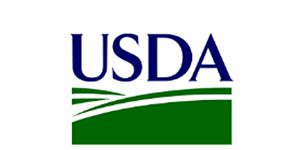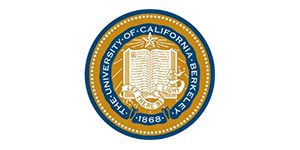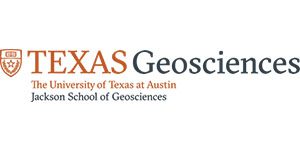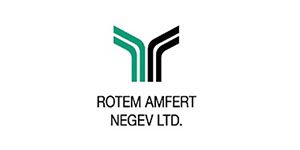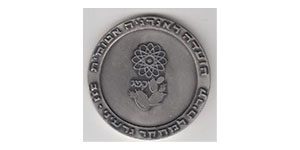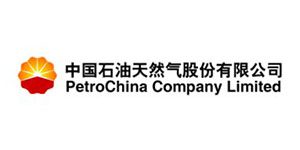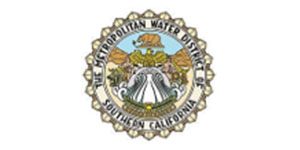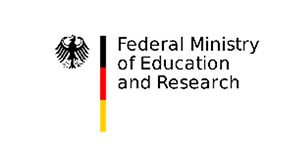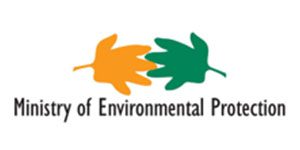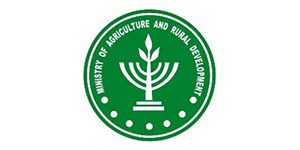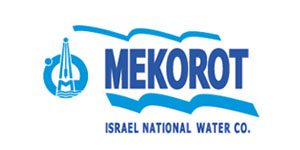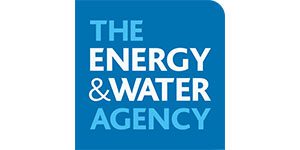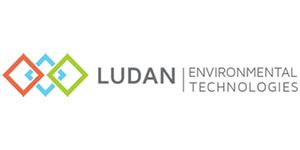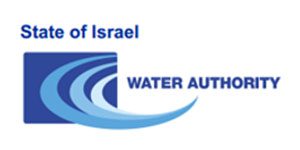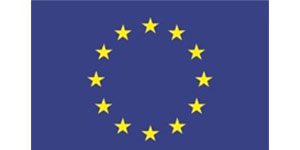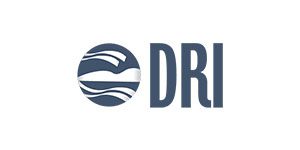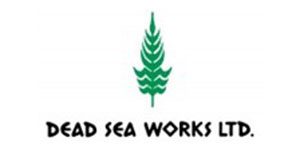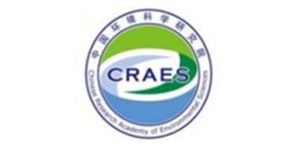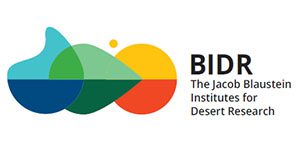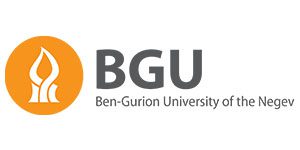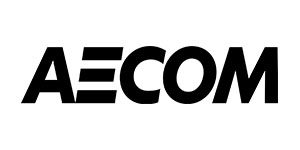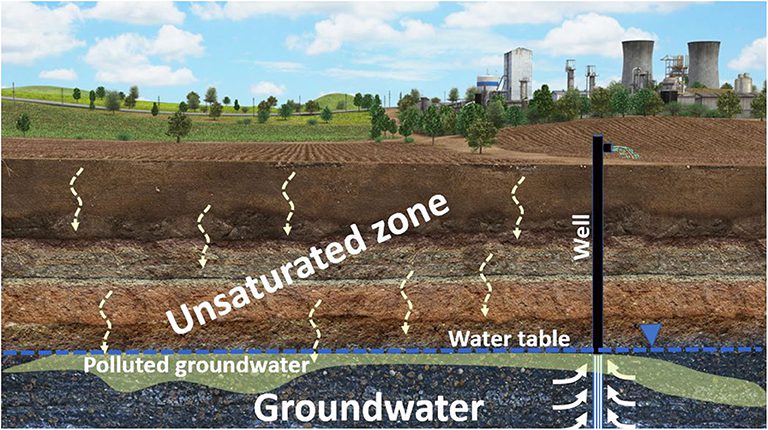
Groundwater monitoring is an intrinsic part of groundwater protection.
However, once groundwater itself is contaminated, it is too late.
In 2023, The World Bank defined groundwater as the Hidden Wealth of Nations. The 57 page report opens with the following sentence: “Groundwater is our most important freshwater resource.”
The Importance of Groundwater Monitoring
Groundwater monitoring is a practice designed to ensure sustainable groundwater management. In this blog post, we will delve into the importance of groundwater monitoring, the challenges it faces, the methods employed and why monitoring the vadose zone is critical.
Why monitor groundwater?
Resource Management: By continuously monitoring groundwater levels and quality, we can make informed decisions about extraction rates and usage.
Environmental Protection: Groundwater monitoring allows us to detect and address contamination issues promptly, safeguarding both the environment and public health.
Drought Mitigation: In regions prone to drought, and as we see hotter temperatures due to climate change, groundwater monitoring can be a lifeline, ensuring a steady supply of water during dry spells.
Ecosystem Health: It helps maintain the health of ecosystems dependent on groundwater, ensuring that they continue to flourish.
Challenges in Groundwater Monitoring
Groundwater is Invisible: Groundwater and the unsaturated zone are hidden beneath the Earth’s surface, making it difficult to observe, monitor and sample directly.
Depth and Accessibility: Groundwater can be located at considerable depths, requiring specialized equipment and expertise for monitoring. In some regions, the water table may be very close to the surface, just a few feet or meters below ground level. In other areas, it can be much deeper, sometimes hundreds of feet or more below the surface. The depth of groundwater can also fluctuate seasonally due to variations in rainfall and other environmental factors.
Contamination Risks: Groundwater sources are vulnerable to contamination from various sources, such as industrial runoff and agricultural chemicals.
Data Management: Gathering, analyzing, and managing vast amounts of data and samples from monitoring stations can be a complex and resource-intensive task.
Groundwater is complex: Groundwater systems are complex and can be difficult to understand.
Groundwater monitoring is expensive: especially for large and complex sites.
Groundwater Monitoring Methods
Groundwater monitoring has come a long way, thanks to technological advancements. Today, various methods are employed but the question remains: How effective and accurate are these methods?
Well Monitoring: This traditional method involves drilling wells and measuring water levels and quality manually. It can provide accurate data on the specific spot reached in the drilling well, but cannot provide data on the surrounding area, or what existed there previously.
Piezometers: These devices are installed in the ground to measure water pressure and can provide insights into groundwater levels. However, piezometers cannot detect contaminants.
Remote Sensing: Satellite imagery and remote sensing technologies can be used to estimate groundwater levels and identify potential issues. However remote sensing technologies cannot provide sampling capabilities or information on the actual chemicals in the unsaturated zone or groundwater.
Why Monitor the Vadose Zone?
In many cases the critical requirement is to obtain early warning of potential quality problems that may threaten the groundwater source and the aquifer system on which it depends. Thus, monitoring networks which relate to the three-dimensional spatial variation of groundwater flow and quality are necessary. This is in order to obtain samples that represent the quality of the more recent recharge (replenishment) of the aquifer in question.
Sensoil’s VMS is a game-changer in the field of safeguarding groundwater, and offers several key advantages:
Real-Time Monitoring: VMS provides continuous, real-time data from the vadose zone, enabling prompt detection of changes. This is particularly vital for early contamination detection, groundwater recharge and drought management.
Cost-Efficiency: The automated nature of VMS reduces the need for manual data collection, lowering operational costs.
Data Integration: VMS seamlessly integrates data from multiple sensors, offering a comprehensive view of vadose zone conditions. This provides more accurate analyses, supporting data-based decision-making.
Environmental Sustainability: By facilitating proactive management of groundwater resources, VMS contributes to environmental sustainability.
Conclusion
Monitoring of the vadose zone and groundwater are crucial for ensuring the sustainable management of this hidden treasure beneath our feet. It plays a vital role in resource management, environmental protection, and mitigating the impacts of drought. A shift in monitoring focus, from just the groundwater to monitoring the unsaturated zone above is imperative.
The UN Water “Making the Invisible Visible: Groundwater” Campaign (2022) serves as a reminder of the importance of safeguarding our environment and securing our water resources for future generations. As we continue to develop innovative tools and methods, at Sensoil we move closer to making the invisible visible and enabling sustainability of groundwater for years to come.
References:
Sustainable Groundwater Management Concepts & Tools. Groundwater Monitoring Requirements for managing aquifer response and quality threats (2006) Albert Tuinhof, Stephen Foster, Karin Kemper, Héctor Garduño, Marcella Nanni
Vadose Zone Monitoring as a Key to Groundwater Protection (2020) Dahan O. Frontiers in Water, Sec. Water and Critical Zone, Volume 2 – 2020
